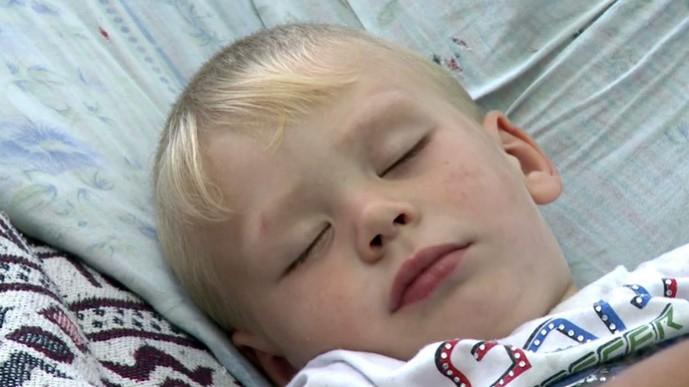
A new wave of the mysterious disorder, widely known as "Sleepy Hollow", has reportedly hit Kazakhstan's Kalachi village where quite a few people, including children, have fallen asleep in broad daylight, unable to wake up for many days at a stretch.
Amanbek Kazhanov, head of the administration of Esil district, confirmed the "ninth wave" of the disorder has started, according to Interfax.
"Yesterday two people – a man and a woman – became sick. Since the outbreak of the disease 120 people have fall ill," he said, RT reports.
The small village is being evacuated after attempts to contain the sleep-related sickness failed. Every one in 10 people in Kalachi is believed to be suffering from the bizarre illness that attacks a person with a sudden spell of sleep in the middle of the day – sometimes making the patience sleep non-stop for weeks.
Kazhanov further said that the situation in the village is under control and local hospital is fully equipped to handle "sleepy hollow" cases, even as most of the inhabitants of the village - which earlier housed about 600 people - are continuously moving to other areas, fearing the spread of the disease.
"Of the 218 families, 124 expressed a desire to relocate. Thirty-four families (94 people), including 27 children, have already left the village," local official Sergey Kulagin said.
The first case of the disorder was reported in 2013 with accompanying symptoms such as hallucinations, memory loss, nausea and dizziness. When the patient eventually wakes up, he remembers nothing, doctors have testified according to reports.
Even after various scientists, doctors and researchers visited the area to find out the cause of the disorder, the source of the disease still remains a mystery. However, last month Professor Leonid Rikhvanov from the Department of Geo-ecology and Geo-chemistry, in the city of Tomsk, stated that radon gas from soviet-era Uranium mines might be causing the disease.

















